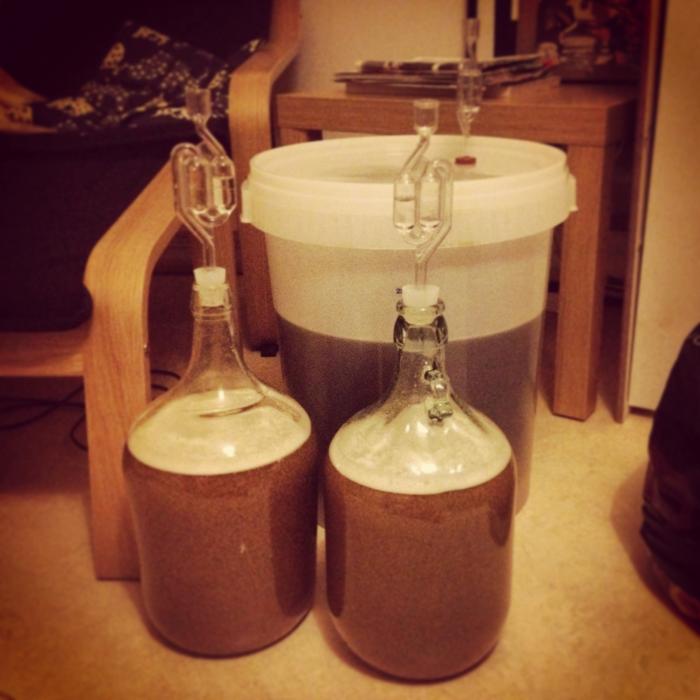rockdemon
Well-Known Member
I've made two saisons and theyre both horrible! I made one with less malt and one with more, pg 1054 and OG 1080.
The 1054 one tastes like an overfermented lager and the 1084 is dark in color and tastes like a horrible sweet brown lager...
I used light pilsner malt and light DME...
First i thought that i needed to wait longer but theyre still horrible after a month in the bottles... Ive tried 3 of each last saturday and poured them all out the sink...
My biggest concern is why they got that awful lagermalt flavour... not like tasty american lagers, more like awful swedish or english ones...
The 1054 one tastes like an overfermented lager and the 1084 is dark in color and tastes like a horrible sweet brown lager...
I used light pilsner malt and light DME...
First i thought that i needed to wait longer but theyre still horrible after a month in the bottles... Ive tried 3 of each last saturday and poured them all out the sink...
My biggest concern is why they got that awful lagermalt flavour... not like tasty american lagers, more like awful swedish or english ones...






































![Craft A Brew - Safale S-04 Dry Yeast - Fermentis - English Ale Dry Yeast - For English and American Ales and Hard Apple Ciders - Ingredients for Home Brewing - Beer Making Supplies - [1 Pack]](https://m.media-amazon.com/images/I/41fVGNh6JfL._SL500_.jpg)










